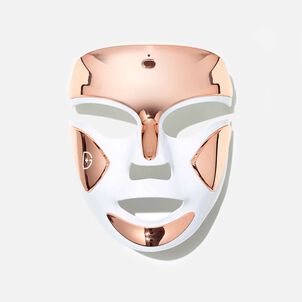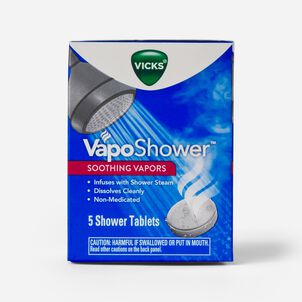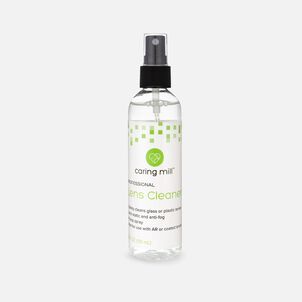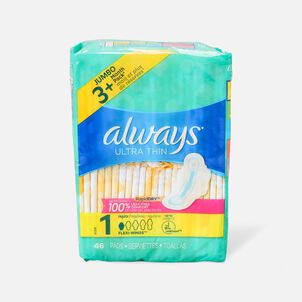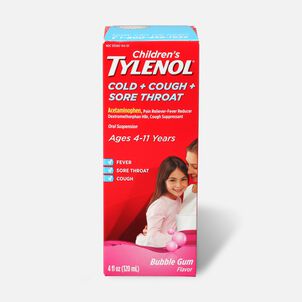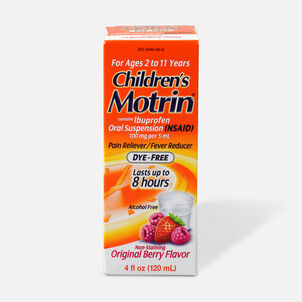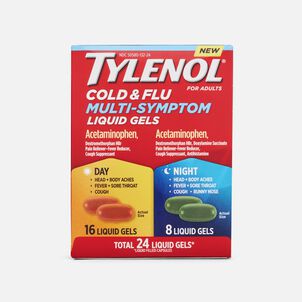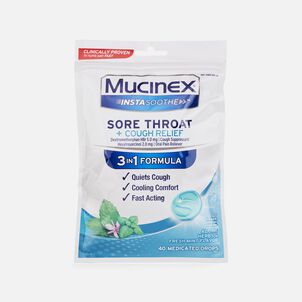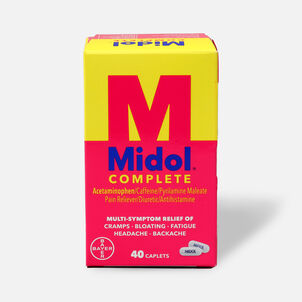 | SHOP NOW
| SHOP NOWAs open enrollment approaches, you may be getting ready to sign up for or make changes to your employee benefits, and if you're like most families, the rising cost of health care may be among your biggest concerns.
The average annual cost for 2023 family health insurance premiums is $23,968, which is 6% more than 2022, according to a new Kaiser Family Foundation report, and that expense has increased by a whopping 55% since 2010. To make matters worse, 29% of employees also have a high-deductible health plan, which means paying more out-of-pocket for the family's health care expenses.
There is some good news, though. It may be possible to pair your high-deductible health plan with a health savings account (HSA), which may offer valuable tax savings for your family's eligible health expenses. Whether you're managing the household budget alone—or with a partner—here's what every mom should know about their health savings account.
What is a health savings account?
A health savings account is a special account that allows you to save pre-tax money to pay for your family's qualified medical expenses. While you can't use a health savings account to pay for insurance premiums, you may use it to cover deductibles, co-insurance, or co-payments.
You may qualify to make health savings account contributions if the following apply:
- You have an eligible high-deductible health plan.
- You don't have another type of health insurance.
- You aren't enrolled in Medicare.
- You aren't a dependent on someone else's tax return.
For 2024, your family's health insurance plan must have a deductible of at least $3,200. Your annual out-of-pocket expenses for deductibles, co-insurance, and co-payments can't be more than $16,100 for a family, but this limit doesn't include health services that are out-of-network.
How much can I contribute to my family's health savings account?
If you have an eligible high-deductible health plan, you may qualify to make contributions to your health savings account, but you need to keep track of the annual limits. You may contribute up to $7,750 for 2023 and $8,300 for 2024 for a family plan.
If you contribute more than the limit, you must take it out of your health savings account before the tax deadline. Otherwise, you will have to pay a 6% excise tax on your excess contribution. You can report excess contributions on Form 5329.
What are the benefits of a health savings account?
As a time-strapped parent, you may have a lot to juggle between work and family commitments. Your health savings account may seem like a low priority, but you could be missing out on some major tax savings. Your health savings account offers three distinct tax benefits, making it one of the most tax-friendly savings tools. Here's a closer look at each one:
Tax deduction for contributions
One benefit of your health savings account is you may take a tax deduction for your account contributions. This means your health savings account deduction may reduce your taxable income.
Here's how it works: if your family earns $100,000 in 2024 and you make the full health savings account contribution for families, you may deduct $8,300 and you will owe taxes on $91,700. You may still claim this tax deduction even if your family takes the standard deduction vs. itemizing tax deductions on Schedule A.
You can report your health savings account contributions on tax Form 8889. This includes any health savings account contributions you made or contributions made on your behalf. You can't deduct contributions from your employer, but those contributions won't be part of your gross income.
Tax-free growth
Another tax benefit of your health savings account is the ability to grow the balance tax-free. Your health savings account shares this feature with a Roth IRA. You may earn interest or invest the balance and won't owe taxes on that growth.
Unlike your flexible spending account (FSA), you may roll over your health savings account balance every year. Also, the account is portable, meaning you may take it with you when you change jobs. There is no deadline to spend the money in your health savings account, so you may invest and grow the balance for life.
For example, let's say you contribute $400 every month for 20 years. If you invest your health savings account balance and it earns a 4% return (compounded monthly), you could have $146,709.85 in 20 years. That's money you could use for healthcare expenses in retirement, which costs the average 65-year-old couple $295,000 in today's dollars, according to Fidelity. (And that number doesn't include the cost of long-term care!)
Tip: You may plug your own numbers into HSAstore's health savings account calculator to see how much your health savings account balance may grow over time. You can also see how much money you could save in taxes.
Tax-free withdrawals
The third tax benefit of your health savings account is tax-free withdrawals. You may use the money anytime to pay for qualified medical expenses without paying income taxes or penalties. The only catch is you will have to keep track of your receipts for your tax records.
You will also report health savings account withdrawals on Form 8889 when you file your federal tax return. If you withdraw money for non-qualified medical expenses—like, say, paying for cosmetic surgery—you will have to pay income taxes and a 20% penalty.
Excluded from promotions
What are qualified medical expenses?
Obviously, it's better to avoid spending your health savings account money on non-qualified medical expenses. No one wants to pay extra taxes or a 20% penalty for swiping a health savings account card for the wrong type of expense.
While the IRS keeps an up-to-date list of qualified medical expenses in Publication 502, you may not want to sift through this 27-page document every time you need to pay for one of your family's health expenses. Luckily, there is a better option.
There is a searchable list of 100% health savings account-eligible products and services at HSAstore.com You may browse products by category if you aren't sure exactly what your family needs. The database includes products that fall into one of four categories:
- Eligible
- Eligible with prescription
- Eligible with Letter of Medical Necessity
- Not eligible
There's one important thing to know, though: every health savings account may have different reimbursement rules. Before making a purchase, you should double-check with your health savings account administrator to make sure the item is eligible. They may also explain what paperwork they need.
The bottom line
If your family is stuck with a high-deductible health plan, you may spend more on out-of-pocket health expenses. But a health savings account could make your family's health plan more affordable. The money goes into your account pre-tax and you may spend it anytime on your family's qualified medical expenses—as long as you save the receipts.
Another perk: you may qualify for a big tax break, whether your family itemizes tax deductions or not. If you contribute the maximum amount for 2023, you may enjoy a $7,750 tax deduction in April, and that amount increases to $8,300 for 2024.
If you don't need the money right away, or you can pay for medical expenses out-of-pocket, there's also the option to invest your health savings account balance. There is no deadline to use the money, so you may grow the balance for many years.
—
Thank you for visiting the HSA Store Learning Center. Don’t forget to follow us for more helpful tips on Facebook, Instagram, and Twitter.


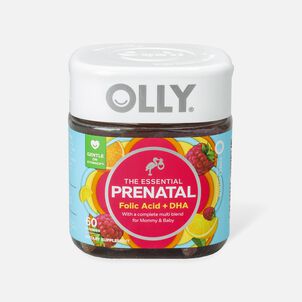
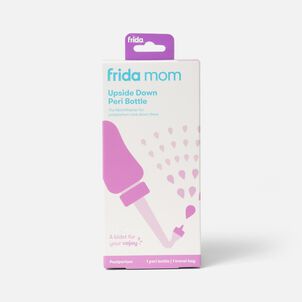
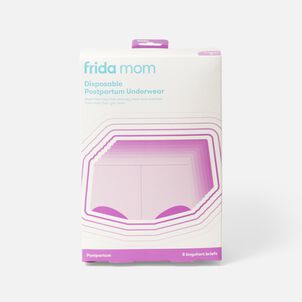

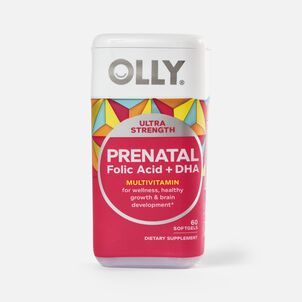
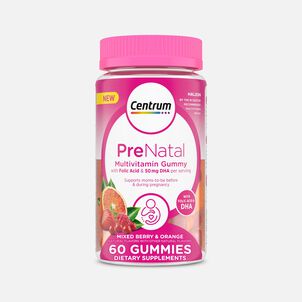

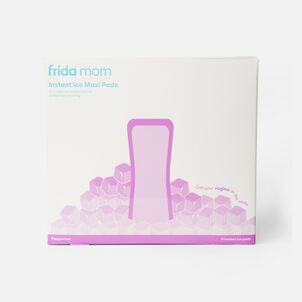



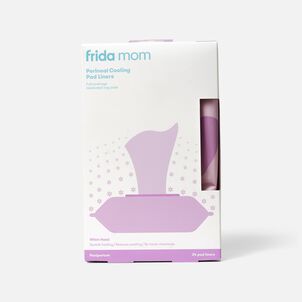
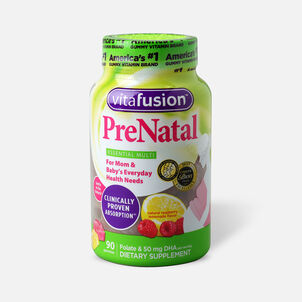
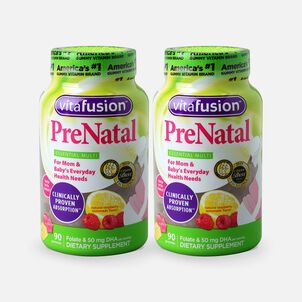
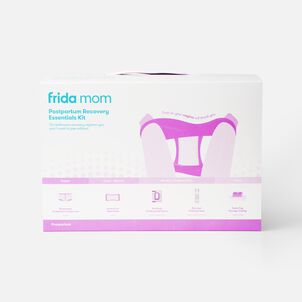
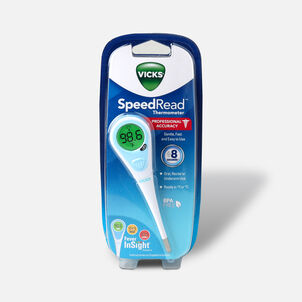
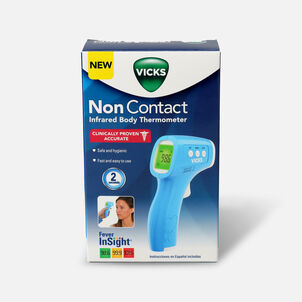
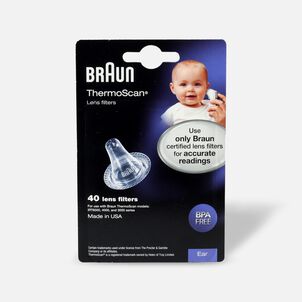
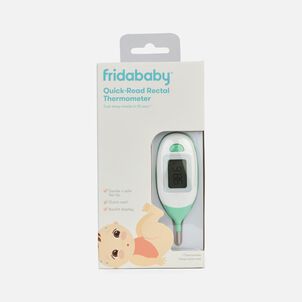


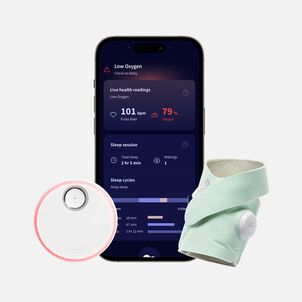
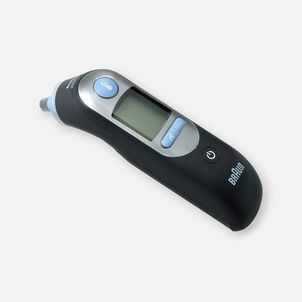
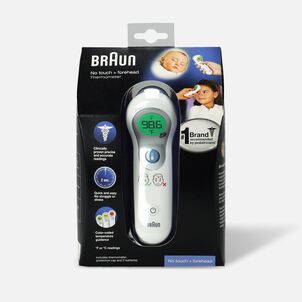
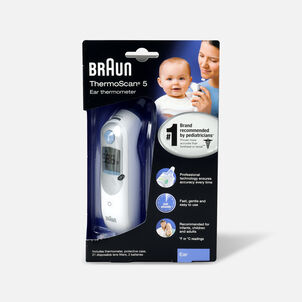
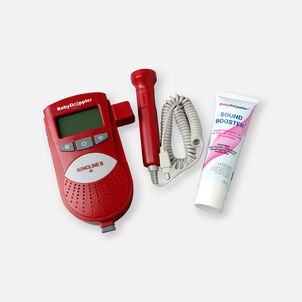




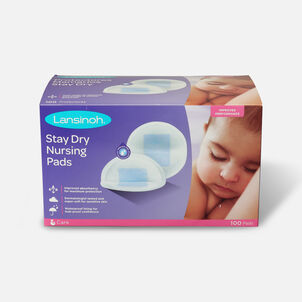
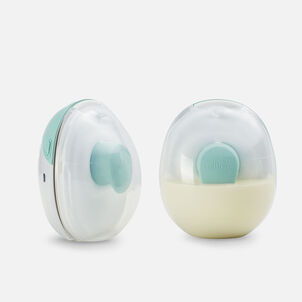
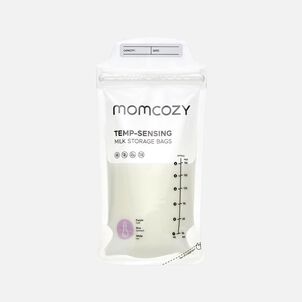

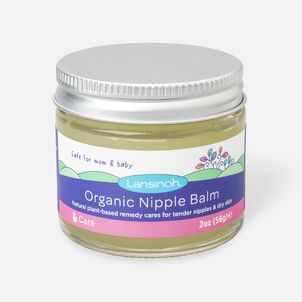
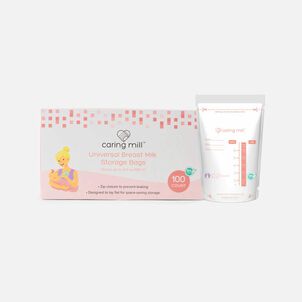

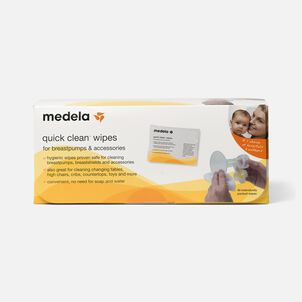
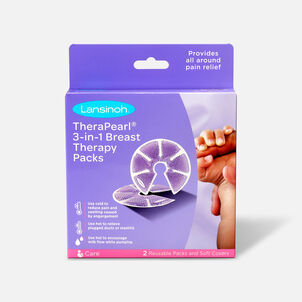
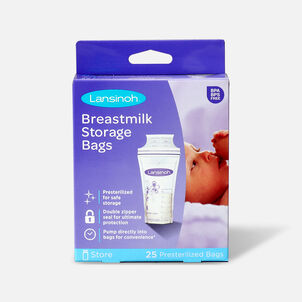

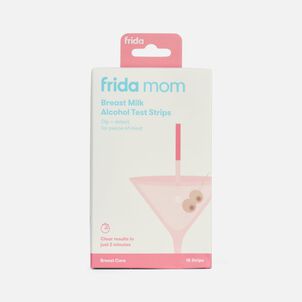

.png)
